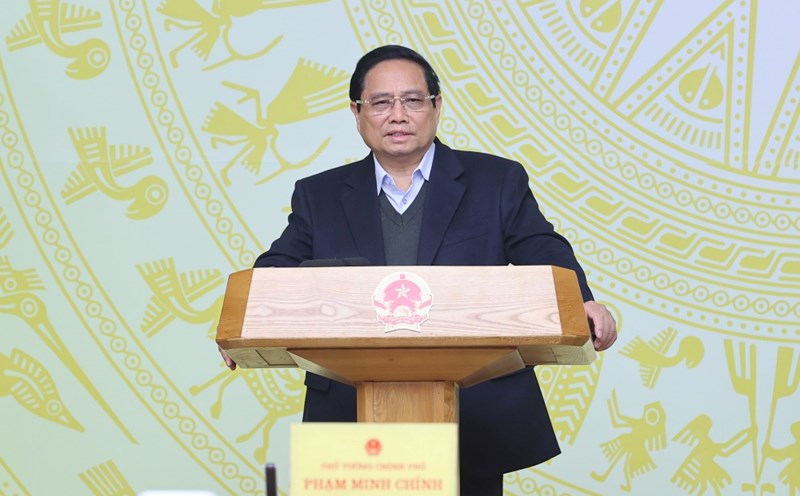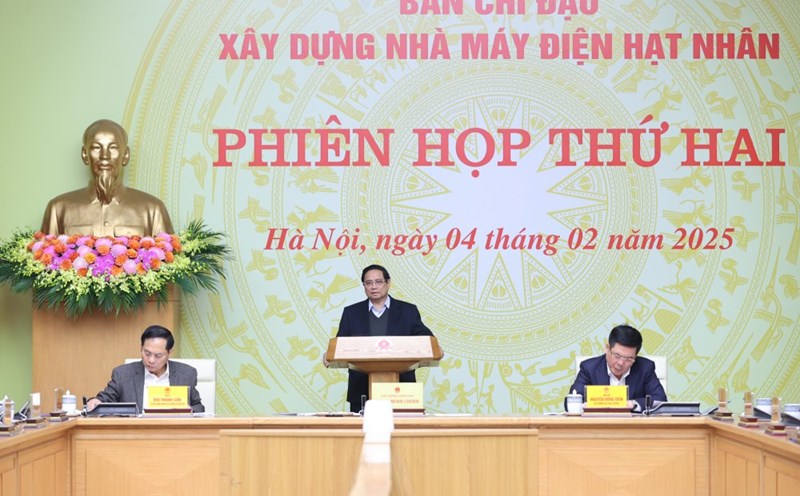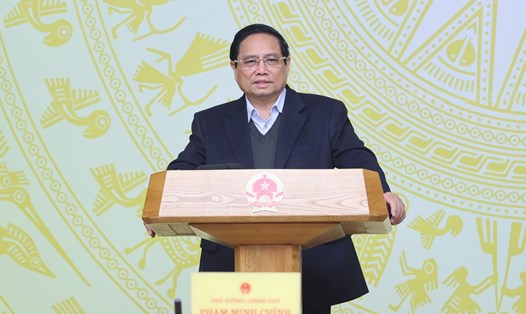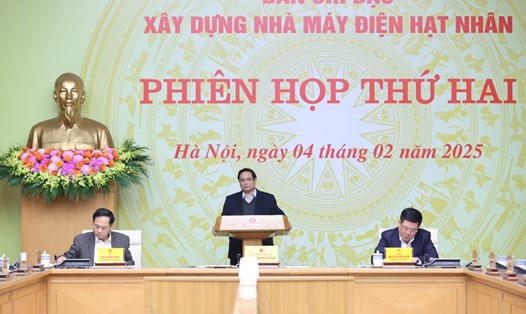Now, in the search for cleaner, more reliable energy, the Philippines and other Southeast Asian countries are looking to nuclear power. Proponents see nuclear power as a climate solution because reactors do not emit greenhouse gases. Technological advances have reduced radiation risks, making nuclear power plants safer, cheaper to build, and smaller.
“We see many signs of a new era in nuclear energy around the world,” said Fatih Birol, executive director of the International Energy Agency (IEA). The IEA expects 2025 to be a record year for nuclear power generation due to new plants, new national plans and interest in smaller reactors.
According to the IEA, about 10% of the world’s electricity comes from nuclear power plants, with 413 gigawatts of capacity in operation in 32 countries, more than the entire generating capacity of Africa. New nuclear power plant construction needs to accelerate this decade to meet greenhouse gas emission reduction targets.
Southeast Asia is forecast to contribute a quarter of global energy demand growth by 2035, with fossil fuels still accounting for a large proportion of the region’s energy mix. Many countries in the region are interested in building nuclear power plants.
AP points out that Indonesia plans to build 20 nuclear power plants. A South Korean company is evaluating restarting a decommissioned plant in the Philippines. Vietnam has revived its nuclear plans that were suspended in 2016 and on January 14, 2025, signed a nuclear energy cooperation agreement with Russia. Last year, Singapore signed a nuclear cooperation agreement with the United States. Malaysia’s plans include developing nuclear power while Thailand, Laos, Cambodia and Myanmar have also expressed interest in nuclear energy.
International finance for nuclear power is becoming more readily available, with 14 major financial institutions endorsing a target of tripling global nuclear capacity by 2050 at the most recent Climate Week NYC event, said Henry Preston, communications director for the UK-based World Nuclear Association. Technological advances are making nuclear power easier to develop. Small modular reactors that can generate about a third of the electricity of conventional reactors can be built faster, at lower cost and more safely.
There are other challenges, however. The nuclear technology market remains concentrated in a small number of countries, which is a “risk factor for the future,” according to the IEA report.
Russia is known to control about 40% of the world's enriched uranium supply.
AP pointed out that for countries that are in need of developing nuclear energy, including Vietnam, the lack of well-trained engineers and scientists is also a major obstacle. It is estimated that Vietnam needs about 2,400 trained personnel to restore its nuclear program.








